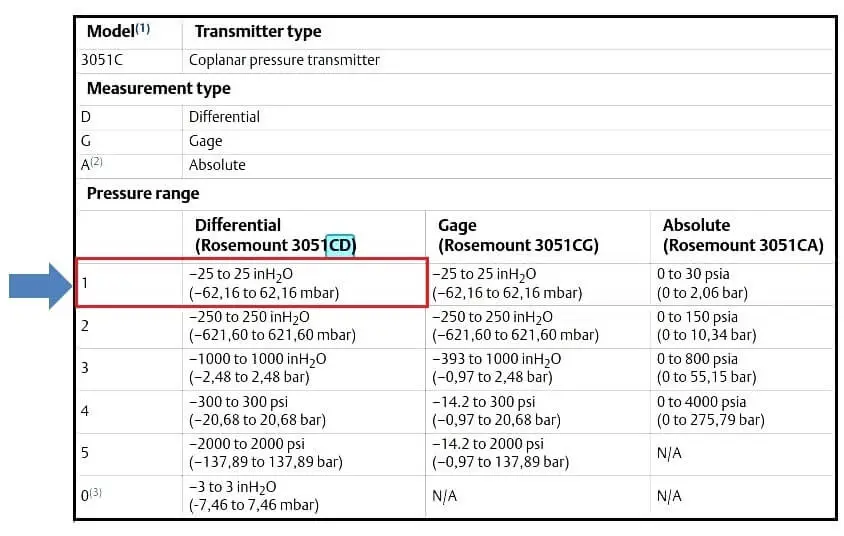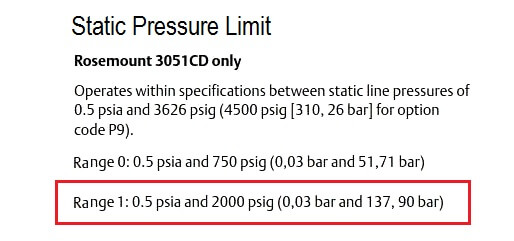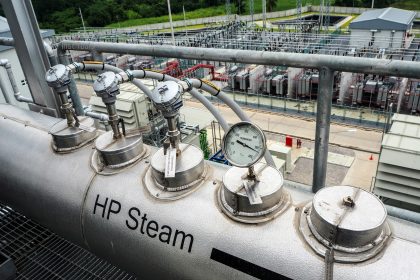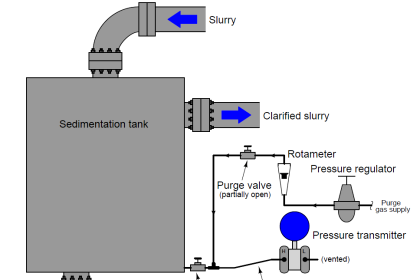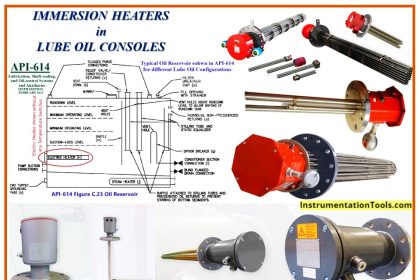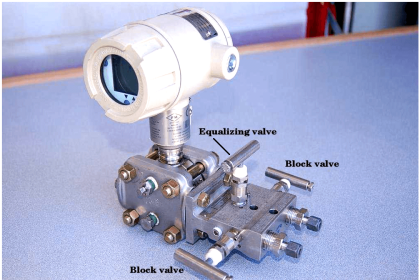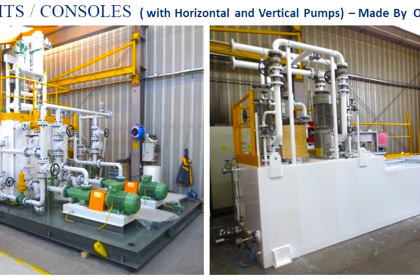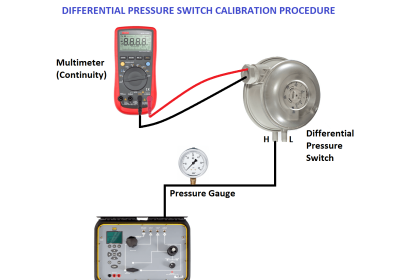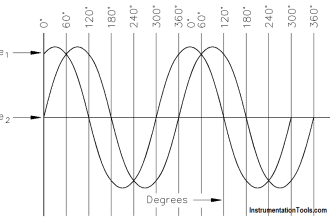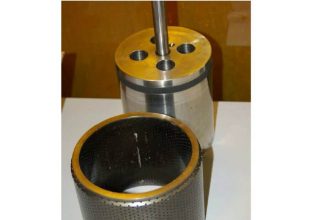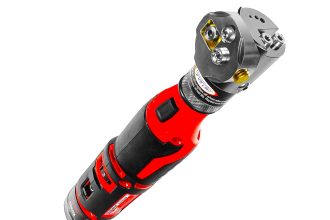In a DP transmitter one of the very important ingredient to check is Static pressure.
Well static pressure and Differential pressure in DP transmitter are two DIFFERENT terms
So what is DP Range
When you are measuring a DP of 50 bar at your Transmitter (Tx) it simply means the difference between HP leg – LP leg is 50 Bar .
Case 1 :-
This could mean HP is sensing 200 Barg – LP is sensing 150 Barg = 50 Bar
Case 2 :-
Or it could mean 500 barg at HP – 450 Bar at LP=50 Bar
So what is Static pressure ?
In simple words what “common“pressure both legs of your Tx sense is termed as static pressure.
In case 1 above at HP leg 200 Barg and LP leg 150 Barg so 150 is Hitting common on both legs !!! Static pressure is 150 Barg.
In case 2 above HP leg is sensing 500 Barg & the LP leg is sensing 450 Barg so the 450 Barg is hitting common on both legs !! Static pressure is 450 Barg.
So you see the difference the DP is same 50 Bar in both cases but the static is different in both cases.
What Difference Does It Make What Ever Be the Static Pressure ??
Well it does
I will share 2 stories that would make it clear
Story 1 – Where Max Static Pressure Comes Into Play
Your beloved datasheet says I want to measure a DP of 0 to 20 inH2O
It means the difference between two legs of Tx must be 0-20in h2O
So you select range 1 of Rosemount 3051CD Transmitter (Refer snap below of rosemount catalog)
Image Courtesy : Rosemount
SO YOU ARE HAPPY !!! BUT WAIT A MINUTE DID YOU CHECK THE STATIC PRESSURE LIMIT IN CATALOG?
Below is a snap of static pressure limits of 3051CD (take from catalog)
Let’s assume your datasheet says static pressure of 140 Bar so you will damage you sensor !!!!!
Because your 3051CD Tx can sustain a static of 137.90 Bar only !!
Story 2 – where Minimum Static Pressure Comes in Play
Again if you see the lower static pressure limit is mentioned as 0.5 Psia
AND during my project we were to measure 0-8 mm HG so range 1 is ok
BUT the static pressure was 0.2 Psia
And the minimum static pressure as per catalog is 0.5 Psia so this violates the minimum capacity !!!!
if you still need to measure at conditions below 0.5 Psia then read below
Reason
The minimum of 0.5 Psia is mentioned because the Transmitter contains silicone fill fluid. And as you know at atmospheric pressure water boils (changes state to vapor) at 100 °C but boils at 0°C at Full Vacuum .
Similarly the Fluid at Transmitter would get converted to vapor (Boil) at such low pressure 0.2 Pisa ( Also called as Hard Vacuum since it is very close to full Vacuum )
Thus we had to change hookups such that a positive head pressure was maintained and the transmitter never saw a pressure of below 0.5 Psia . (*1)
*1 – This was vendor clarification of stating 0.5Psia in Catalog.
Hope this article was useful
if there are doubts I would love to help , and if this explanation needs correction I would be glad to know ! this is as per best of my current understanding !!
Author : Asad Shaikh
Profile : Linkedin
